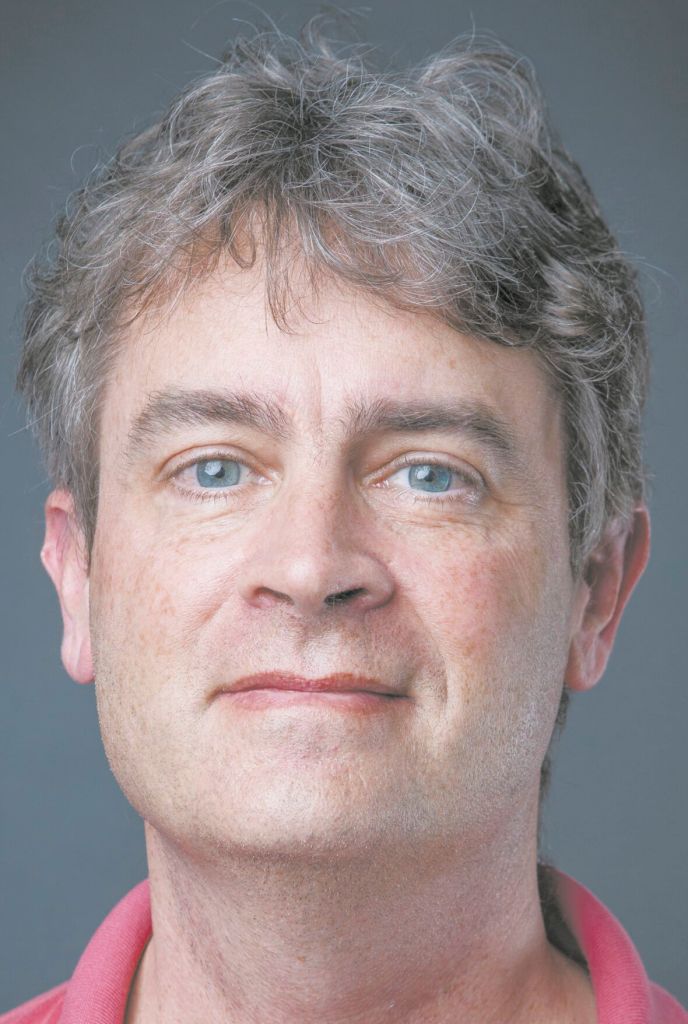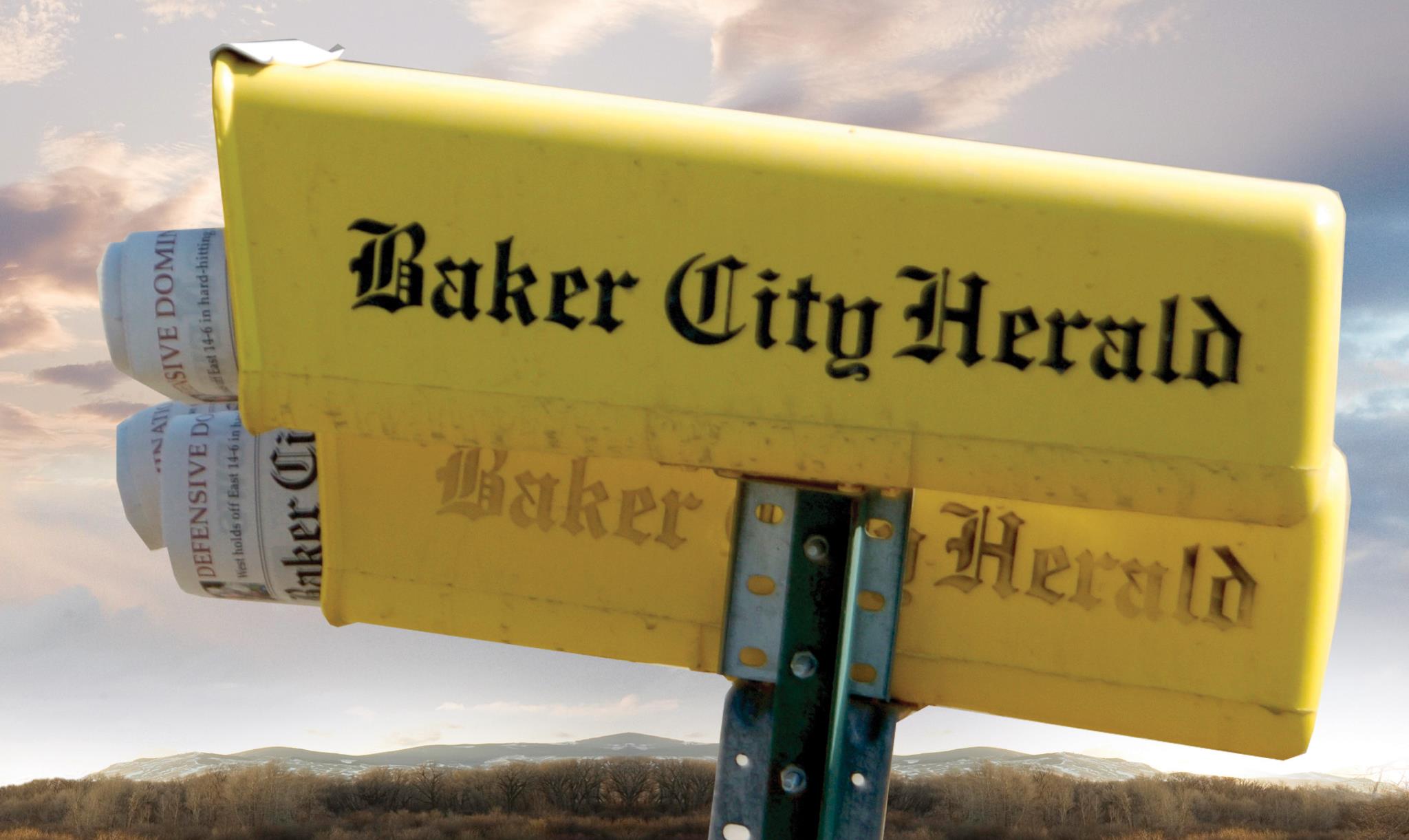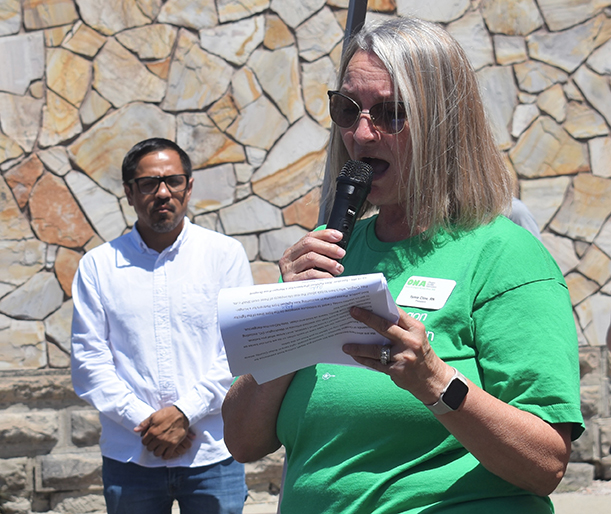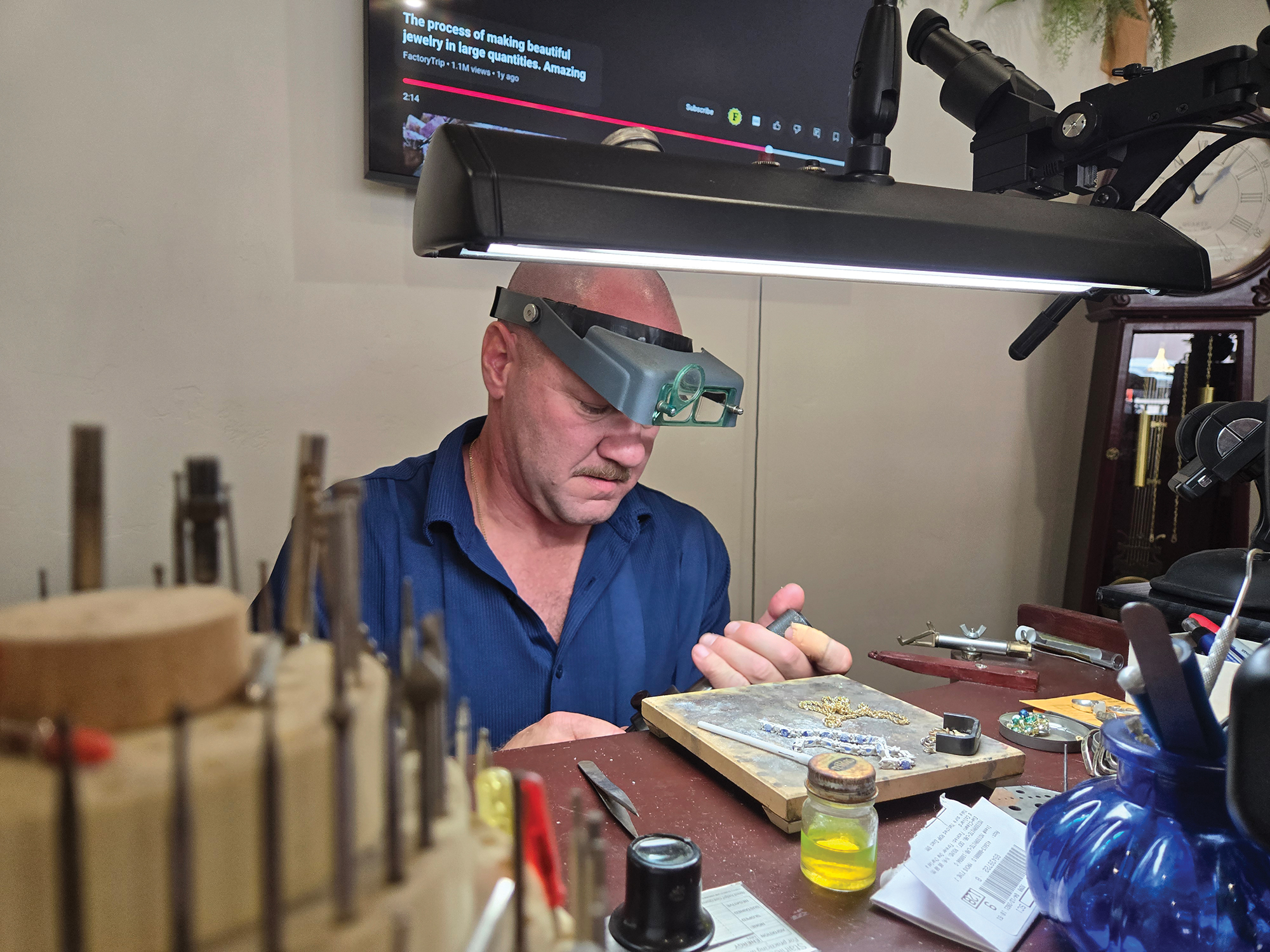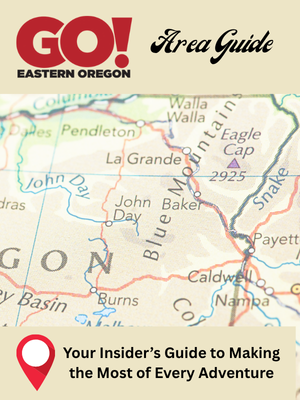Column: Appreciating the Adler Parkway’s benches. … and beavers
Published 5:46 am Monday, March 11, 2024
No bench is quite so inviting, it seems to me, as one which sits beside a path.
The purpose of a path, of course, is walking.
Or pedaling, in some cases.
For moving, anyway.
But to merely plod along without pause, although this is something I often do, strikes me nonetheless as a grim task, more akin to the drudgery of toiling on an assembly line.
When we embark on a journey by foot (or by pedal) I think we ought to stop occasionally, if only to have a more leisurely look around than is possible even at the sedate pace of a pedestrian.
Better still if someone has thoughtfully supplied a comfortable seat from which to take in the view and let the muscles relax.
There is a fine assortment of such perches along the Leo Adler Memorial Parkway.
That paved path, the original sections of which were built nearly a quarter century ago, mostly parallels the Powder River through Baker City.
LAMP — a fitting acronym, I think, considering how brightly Leo Adler’s legacy yet shines in his beloved Baker City, more than three decades after his death in November 1993 — has existed long enough that I scarcely recall when it did not.
I am thoroughly accustomed to being able to walk within eyeshot of the river whenever I choose (and, of course, within earshot; few sounds are as pleasant as the burble of a stream).
I don’t walk the LAMP often, at least not long stretches of its asphalt.
The nearest entry to the path is a bit more than a mile from my house, and my usual afternoon stroll typically takes me elsewhere.
But earlier this winter, when I planned to conclude my walk not at home but at Baker High School, I plotted a route that takes in the section of parkway north of Campbell Street.
No part of the path is so amply endowed with benches.
Most are memorials, placed by families as a tangible reminder of someone who was well loved and whose absence will always be felt, and grieved.
I knew some of those whose names are printed on plaques affixed to the benches.
Rick Taylor was a longtime volunteer with the Lions Club of Baker, as was Lynn Pryse.
J. David Coughlin was a local attorney.
James Sherman, who is honored on a bench along with his son, Eric, is a former colleague at the Herald.
The names on others were unfamiliar to me — Bud and Ruthie Coe, and Adam Fiddler.
But I was touched by each of these tributes, in metal and wood.
I paused long enough only to read the plaques, in deference to the January chill.
But I thought about how pleasant it would be, on one of those spring or summer evenings when the air falls softly on exposed skin, to sit on one of the benches.
To listen to the Powder make its melodious way downstream.
To see the cottonwood leaves frolic on their stems.
To watch the sun slide behind the great wall of the Elkhorns and to notice that even after the orange orb has disappeared its light lingers, like the memories of those we have loved and lost.
———
I appreciate the Adler Parkway for its beavers as well as for its benches.
Although I’ve never seen one of the aquatic rodents along the path or in the river, their handiwork (toothwork, to be precise) is quite apparent.
The section of the path I walk most often is the shortest, but also the nearest to my home. It runs beside the river near Wade Williams Park, just south of Myrtle Street.
Over the past couple months I’ve seen more than a dozen streamside stumps bearing the distinctive, chisel-like pattern that beavers’ imposing teeth leave.
Not that I trust my own interpretation. For all I know the trees were felled by someone with an ax and creative flair.
I texted a photo of one stump to Brian Ratliff, district wildlife biologist at the Oregon Department of Fish and Wildlife’s Baker City office. He confirmed beavers as the culprits.
Beavers aren’t newcomers, to be sure.
I’ve seen similar evidence elsewhere along the parkway since its construction.
Nor are the industrious rodents the only wildlife that help to create a strip of nature in an otherwise urban setting — one of the path’s great attractions, in my estimation.
In late August 2023, while walking across the Myrtle Street bridge, I saw an otter floating downstream just south of the bridge. The river was running unusually high and murky for late summer due to record-setting rainfall the day before when the remnants of Hurricane Hilary doused Baker City, and it seemed to me, if I might indulge in a brief bout of anthropomorphism, that the otter was rather enjoying the rare summer freshet.
I have seen several other otters over the years. Once I watched a single otter plunge through a hole in the ice between Washington Avenue and Broadway Street. During a different winter my wife, Lisa, and I saw a few otters gamboling across the ice just south of the library.
I once saw what I took to be a weasel on the river’s west bank just north of Campbell Street, although the slender, dark-haired creature never stopped long enough for me to photograph it so someone with more faunal knowledge than I have could conclusively identify the species.
Birds, as they often are near waterways, are the most common wildlife along the parkway.
My favorite is the American dipper, also known as the water ouzel. It’s a dark-feathered, robin-size bird whose most notable characteristic is its propensity to perform a constant series of deep-knee bends while perched on a rock in the middle of the channel.
I’ve seen dippers throughout the river’s reach through Baker City.
But more often than not I see one at the same spot, just near the LAMP’s southern terminus, where the river makes a sharp bend and creates a backwater that’s a popular swimming hole for dippers both human and avian.
I have seen a single dipper there — the birds seem to prefer to engage in their exercises in solitary fashion — perhaps a dozen times over the past few years. I like to think that it is the same bird, though I suppose this is unlikely, given the many ways in which a bird can get into trouble.
But no matter.
It pleases me greatly to know that, even as we go about our lives as city dwellers, within a narrow swath defined by a river, nature proceeds apace, a place where birds can dip and otters can play and beavers, forever at it, can gnaw.


